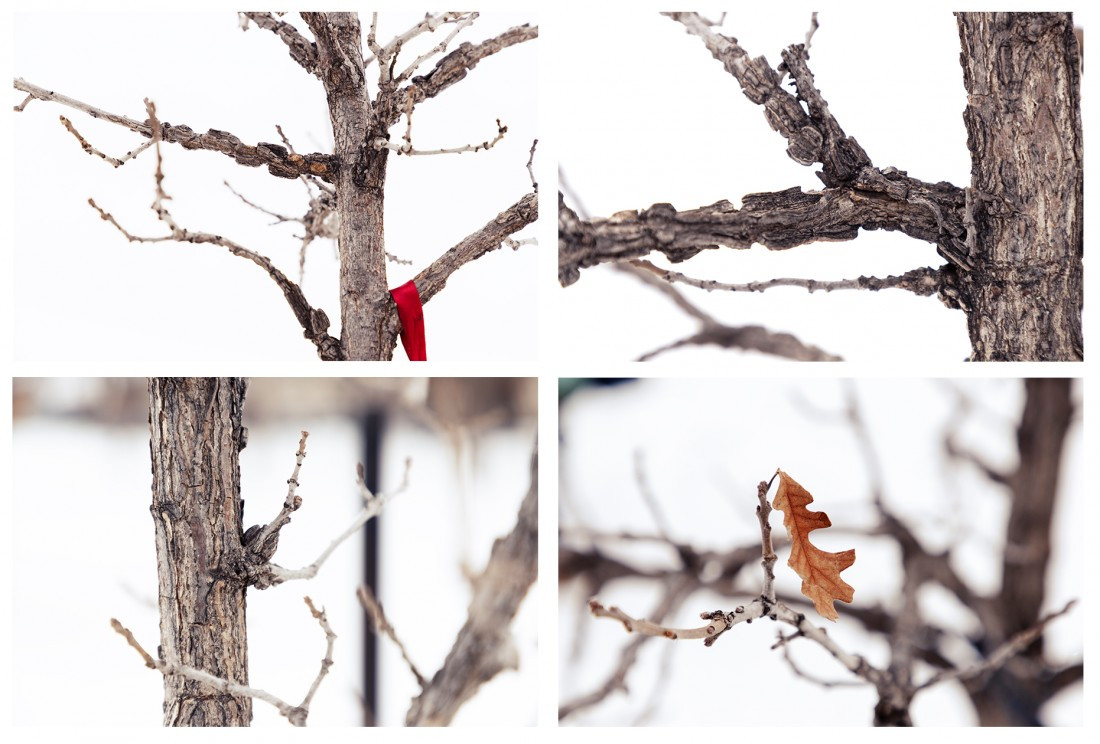City Roots
The solace of a tree
When I was 12, my best friend’s dad died suddenly. One minute, he was this gentle, funny and active man, and the next, he was gone.
Being with my friend as she and her family grieved was probably one of the most profound experiences of my childhood. About a year after his death, the community gathered with the family to bury his ashes, dedicate a headstone and plant a memorial apple tree.
It has been many years since we planted that memorial tree. Since then, I have encountered others like it and still find myself deeply moved by their symbolism. Memorial trees have brought solace to many people grieving loved ones. Trees all over the world have been planted to represent a personal sorrow, a communal loss or a shared desire to remember.
Take, for example, Yad Vashem, Israel’s Holocaust memorial, which has incorprated trees dedicated to those who risked their lives to rescue Jews during the Second World War since 1962. Or the city of Hiroshima, which has begun a tradition of sending saplings from Hibakujumoku, trees that survived the dropping of the atomic bomb on the city in 1945, across Japan and the world as a symbol of peace.
After the First World War, Canadian organizations across the country worked to develop Roads of Remembrance in their cities, lining streets with trees that were often dedicated to individual soldiers killed in Europe. These kinds of memorials were seen as more personal and uplifting than those of stone.
Within the city of Winnipeg, faculty, students and staff of the Manitoba Agricultural College planted a line of elms along Chancellor Matheson Road on Arbor Day, 1923 to memorialize those from the college who had fallen during the war. A stone memorial at the end of the road was unveiled on Remembrance Day that year. It still stands on the University of Manitoba campus today.
City residents still turn to trees to express a shared grief. Just last May, a ceremony was held to plant Manitoba bur oak behind the Norquay Community Centre in Point Douglas to honour missing and murdered Indigenous people and LGBTQ2S. This was initiated by Mary L. L. Grant, whose sister was taken from her family at birth and killed in 1992.
This slow-growing oak can withstand hard winters and has the potential to live up to 400 years. It not only acts as an important symbol of strength and resilience but also provides a place for family members to gather to grieve and remember.
Memorial trees have filled me with curiosity and questions. How long have humans turned to nature to grieve and create symbols of remembrance? How do these trees fit in with or challenge other kinds of memorials, like stone monuments and museums? What does it mean that when we choose a living memorial, we are also choosing something that will eventually die?
I can’t say I’ve found the answers for these questions. But I can understand and have witnessed the comfort and beauty a tree brings while you are missing someone you love.
Kathryn Boschmann is a doctoral student in the history department at Concordia University whose research focuses on the relationship between religious communities and Indigenous activism in Winnipeg. She was born and raised in Manitoba and has made Winnipeg her home.
Published in Volume 74, Number 20 of The Uniter (March 5, 2020)








